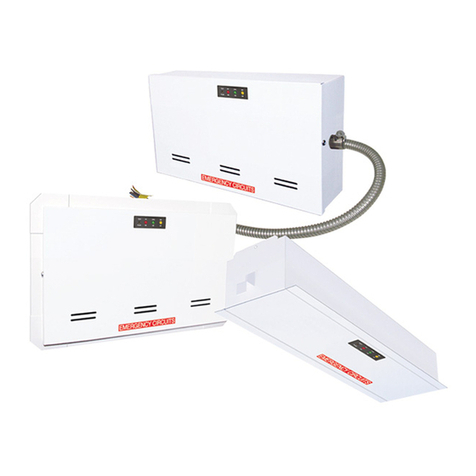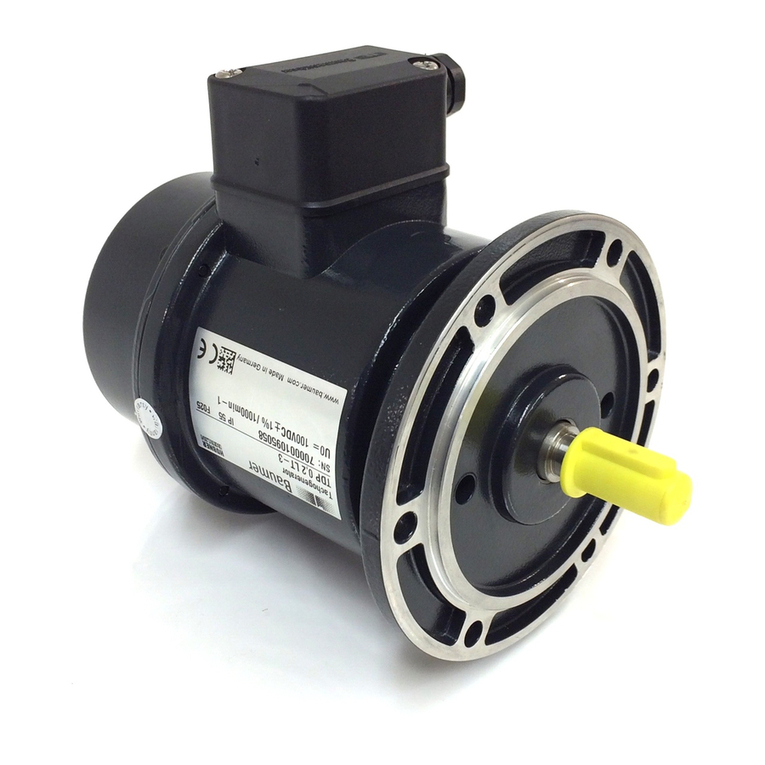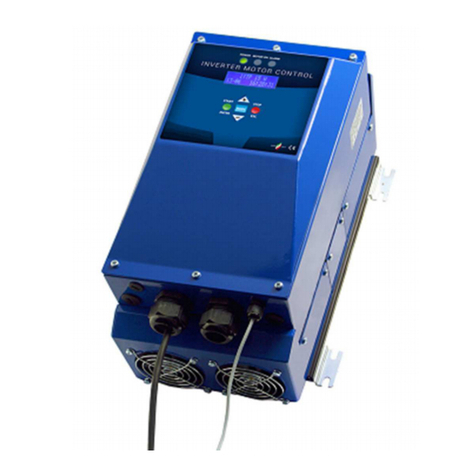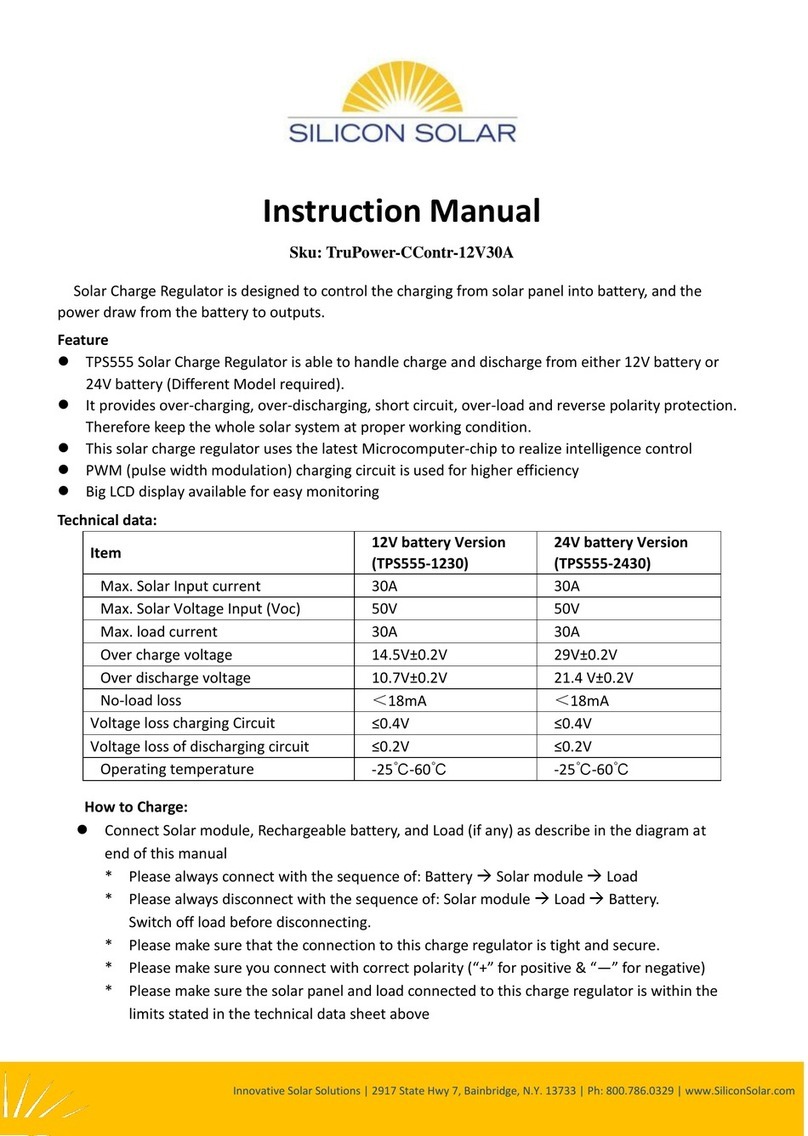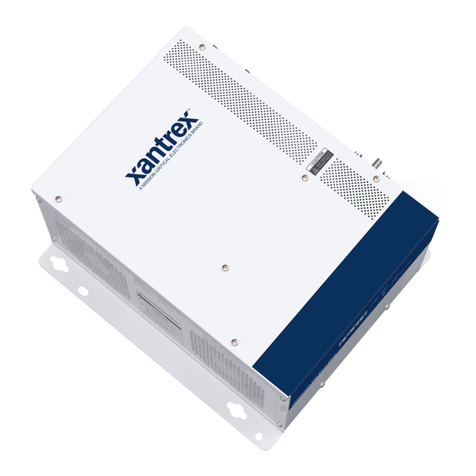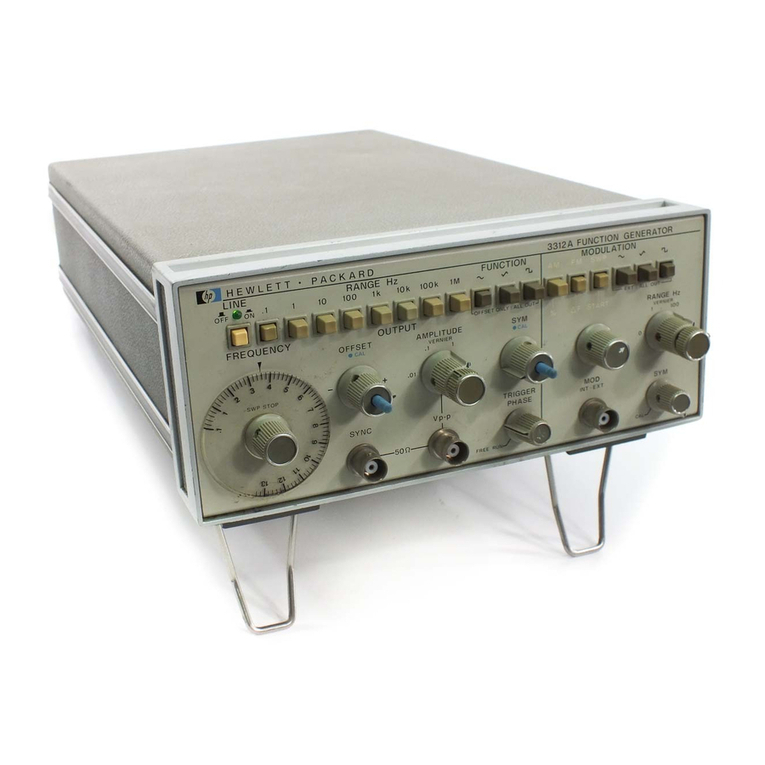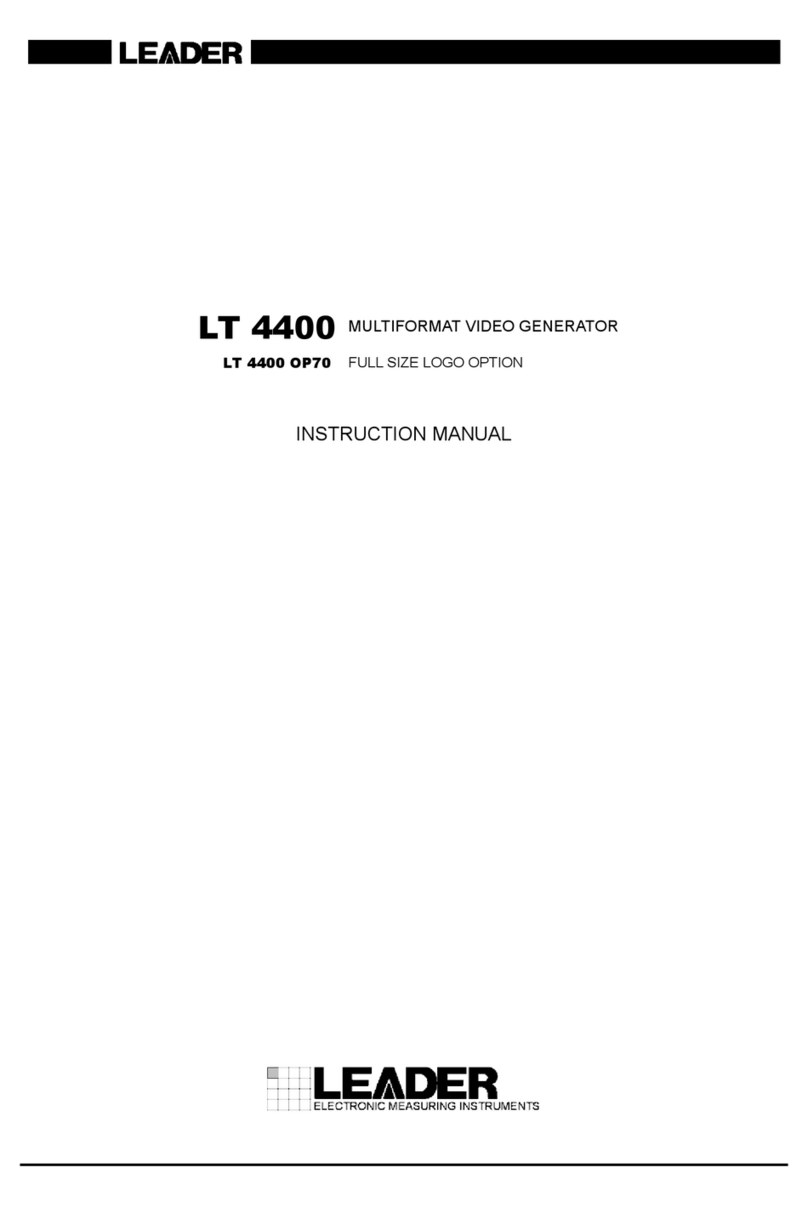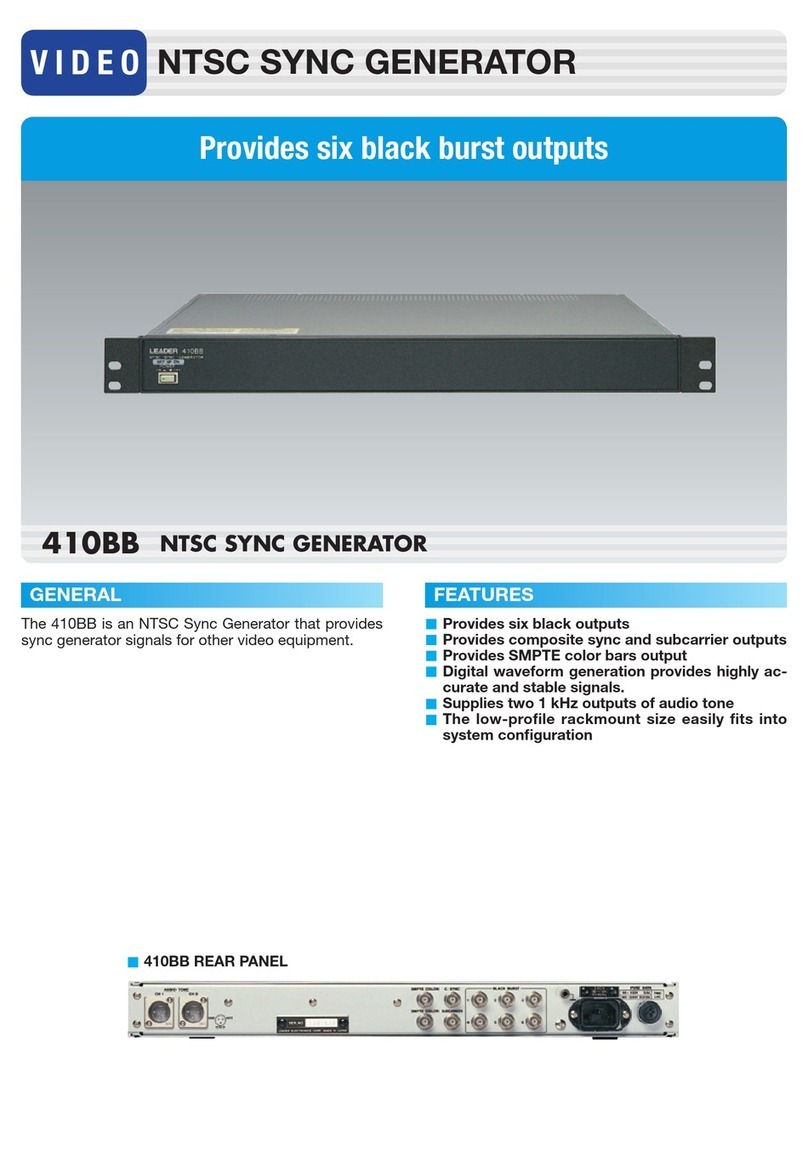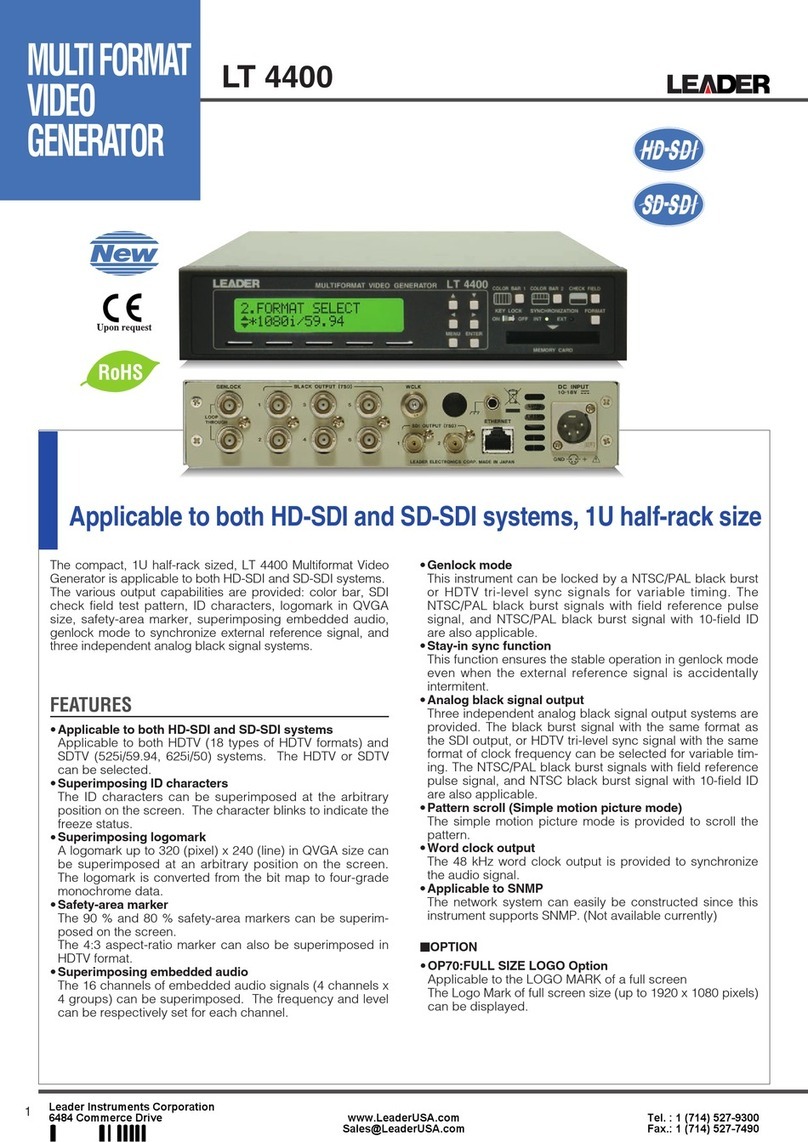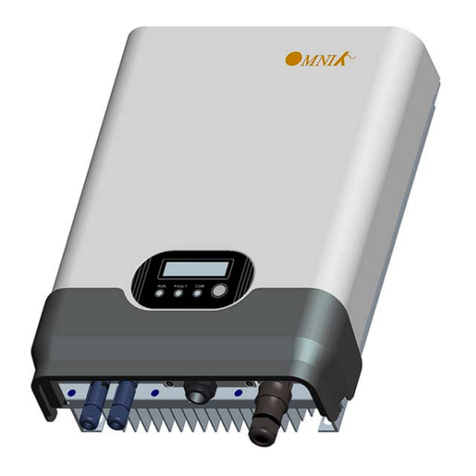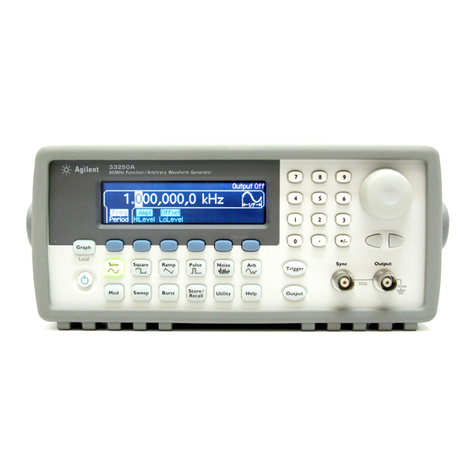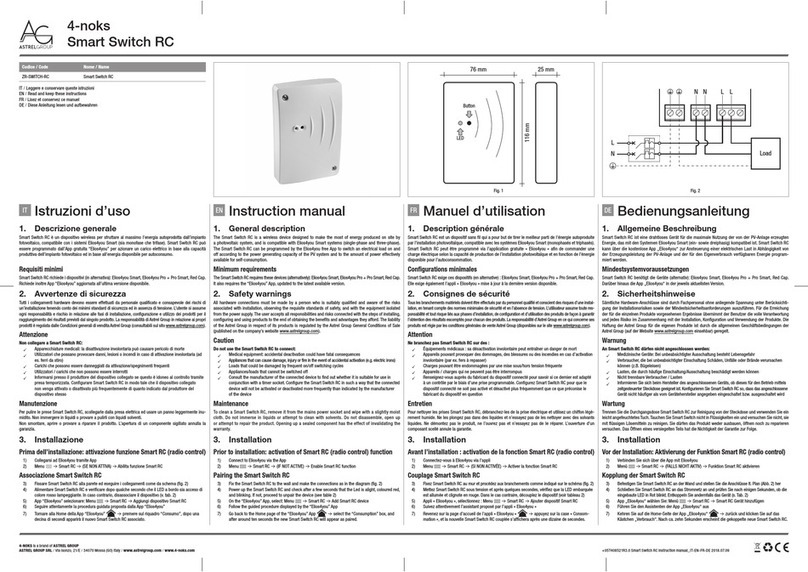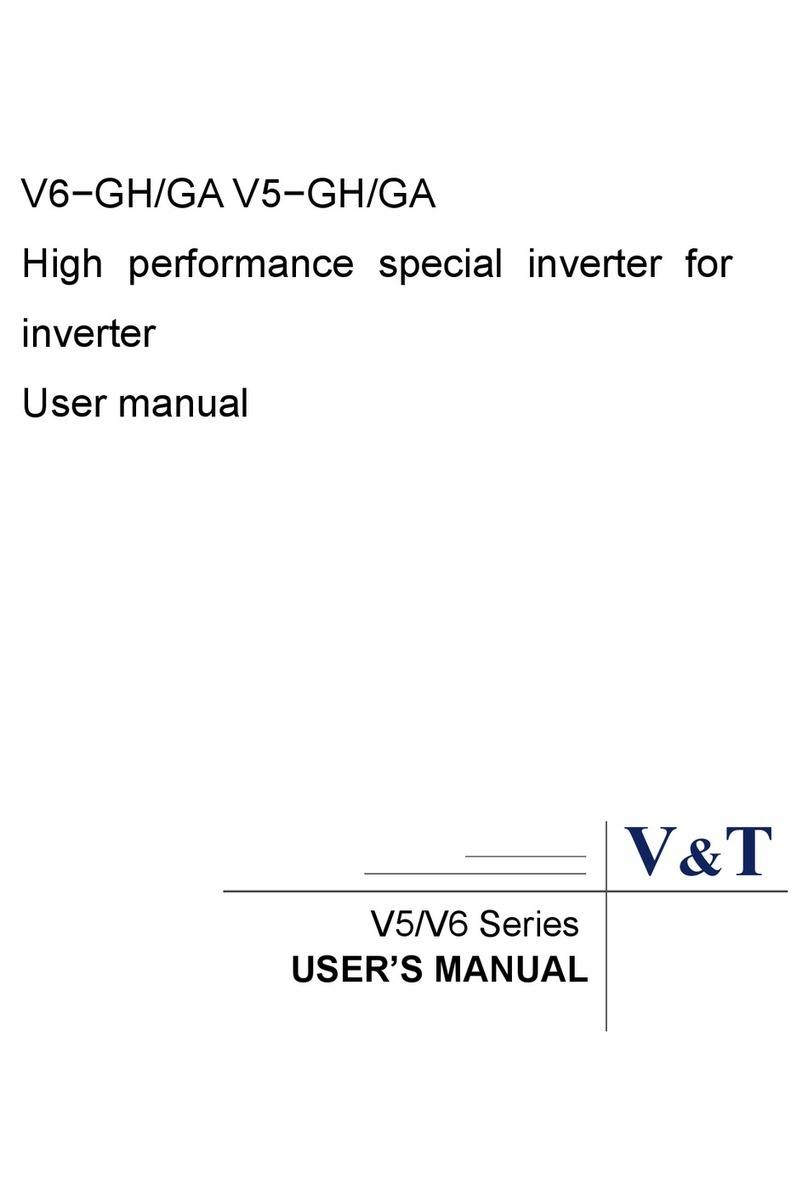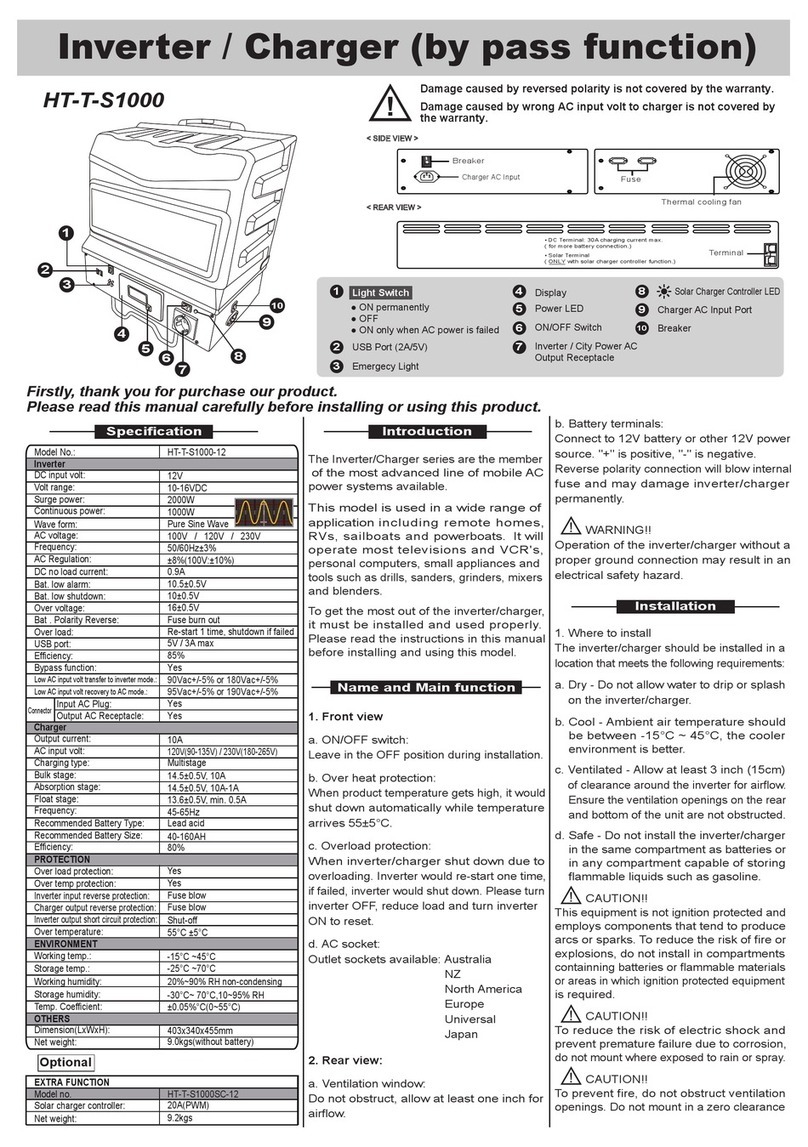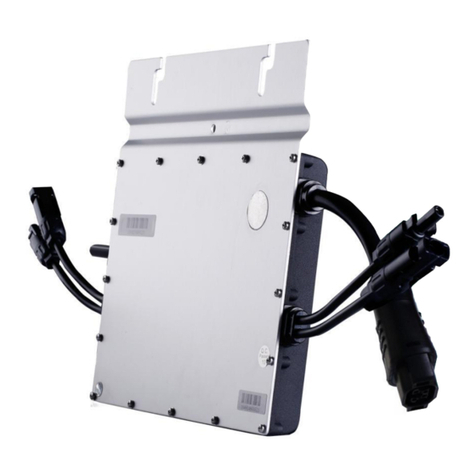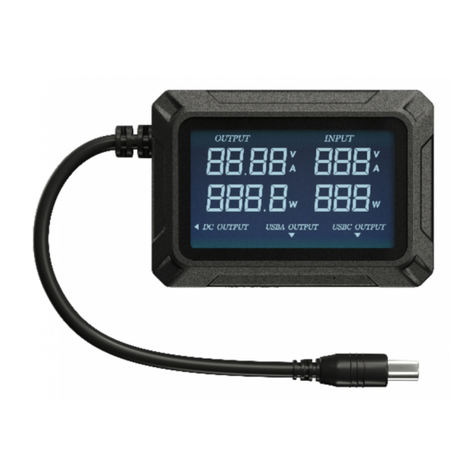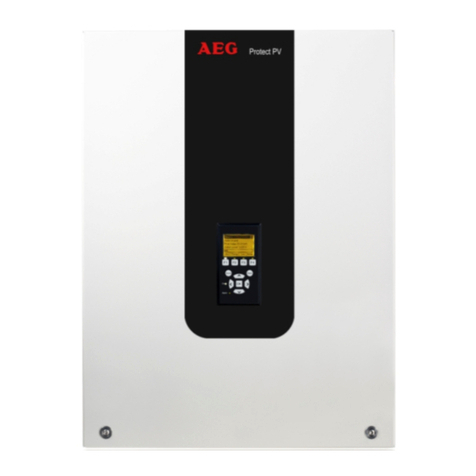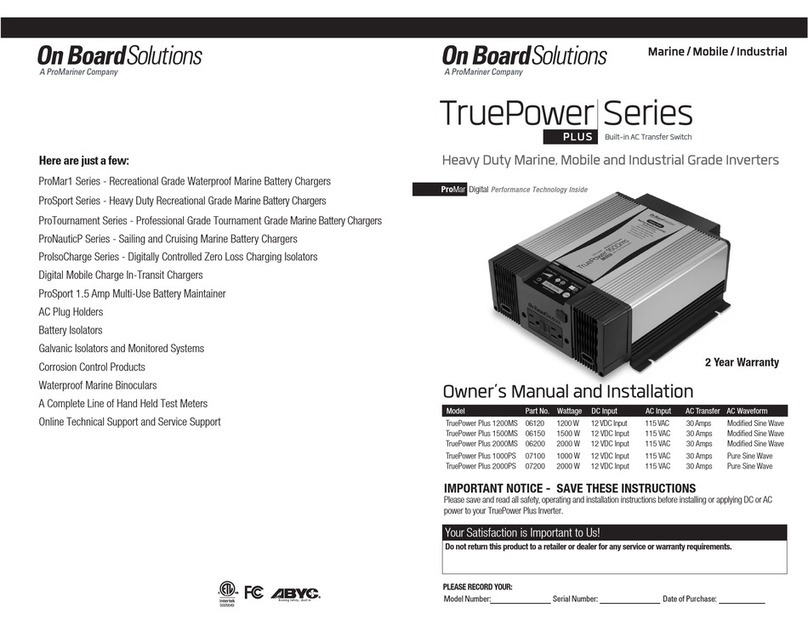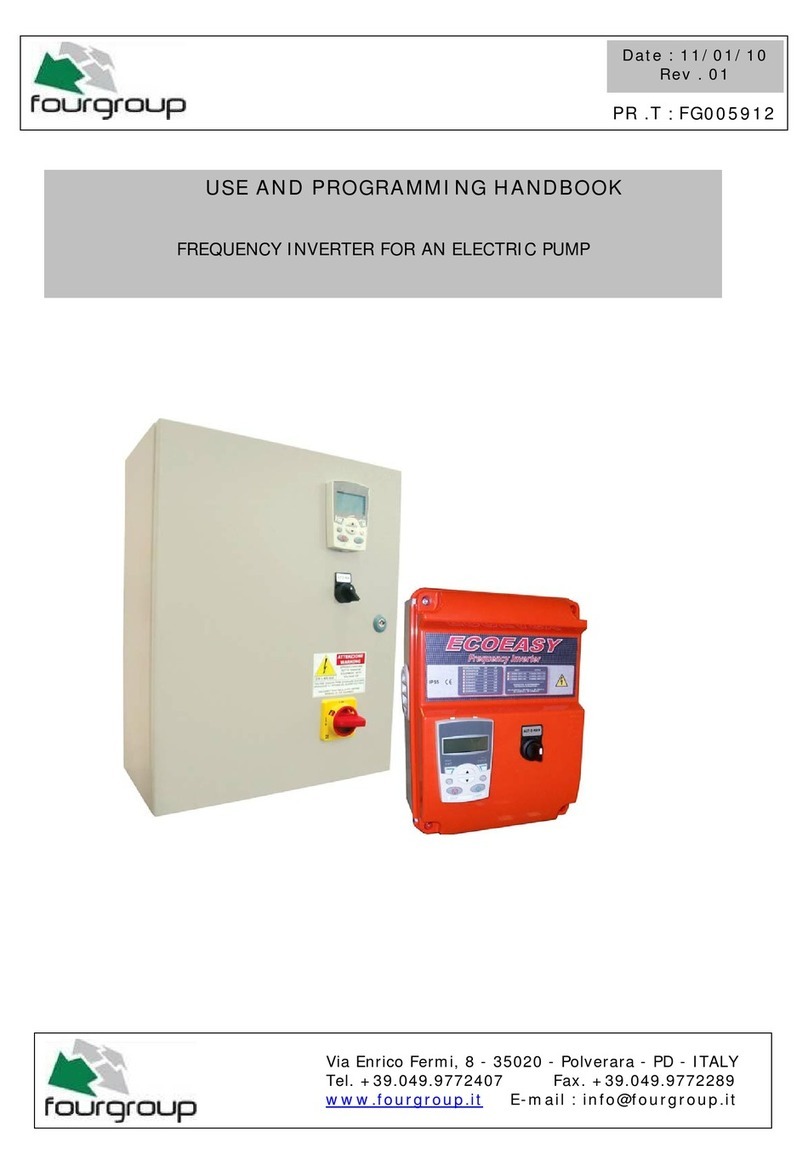The power output of the amplifier is calculated by the following formula
WATTS output =(Voltage across LOAD RESISTOR)
2
LOAD RESISTOR in OHMS
In measuring the preamplifier response, the output voltage measurements are taken as the
basis in determining the characteristics.
As the input to the amplifier is increased, the power or the voltage readings will increase
linearly to acertain point, after which it will flatten out, indicating overload and consequent
distortion. There will be noticeable distortion when the waveform as observed on the scope just
begins to flatten at both peaks in anormal pushpull amplifier, or one peak in asingle ended
type.
The frequency response of the amplifier is measured by varying the frequency over the
desired range at aconstant input voltage. The output of the LAG-55 is very constant and
usually very slight or no change of the level setting is required as the ranges are changed.
The measurement of the gain and the sensitivity requires the use of aVTVM in the
millivolt range to measure the actual input voltage for aspecified output voltage or power.
In all measurements, excepting the input/output characteristics, care should be taken that
the amplifier is not overloaded by observing the waveforms on the scope.
^Square Wave Testing
The testing of the amplifiers by the square waves will reveal many characteristics which
cannot be detected on the response curves.
The testing set up is the same as shown in Fig. 3. The LAG-55 is set for the SQUARE
WAVE output, and the frequency is varied from 20 to about 15,000 cps.
In an excellent amplifier, the outp’it waveform will be square without distortion over a
wide range. If there is any fault or defect in its design, the choice of components, etc., the
various wave shapes will give an indication. Some of these waveforms are shown in Fig. 4.
Rapid checking of the frequency response is possible by observing the wave shapes on
the scope. If the low frequency response is poor, there will be adrooping effect. If the high
frequency response is poor, there will be arounding off of the leading edge.
An amplifier with good response will pass square waves over aconsiderable range of fre-
quencies. At the higher frequencies, note the generator frequency where the shape departs from
the square. It is generally accepted that this change will occur at about the ninth or the
eleventh harmonic of the fundamental frequency, or where the \plifier response will start to
fall in a"'flat” amplifier. It the fundamental is say, 2.2 kc then ..le amplifier is "'good” to the
range between about 19 Kc to 24 Kc. The square wave is composed of alarge number of only
the odd-numbered harmonics and this must be borne in mind when testing.
The UvSe of the square waves in the design work will be helpful in checking the performance
of the intermediate amplifier stages, Alow capacitance probe is used for the scope input to
check the various grid, plate and feedback circuits.
It should be noted that tiie square wave input voltage mu.st be kept below the overload
point since the amplifier itself will produce such waves when overloaded.
5
